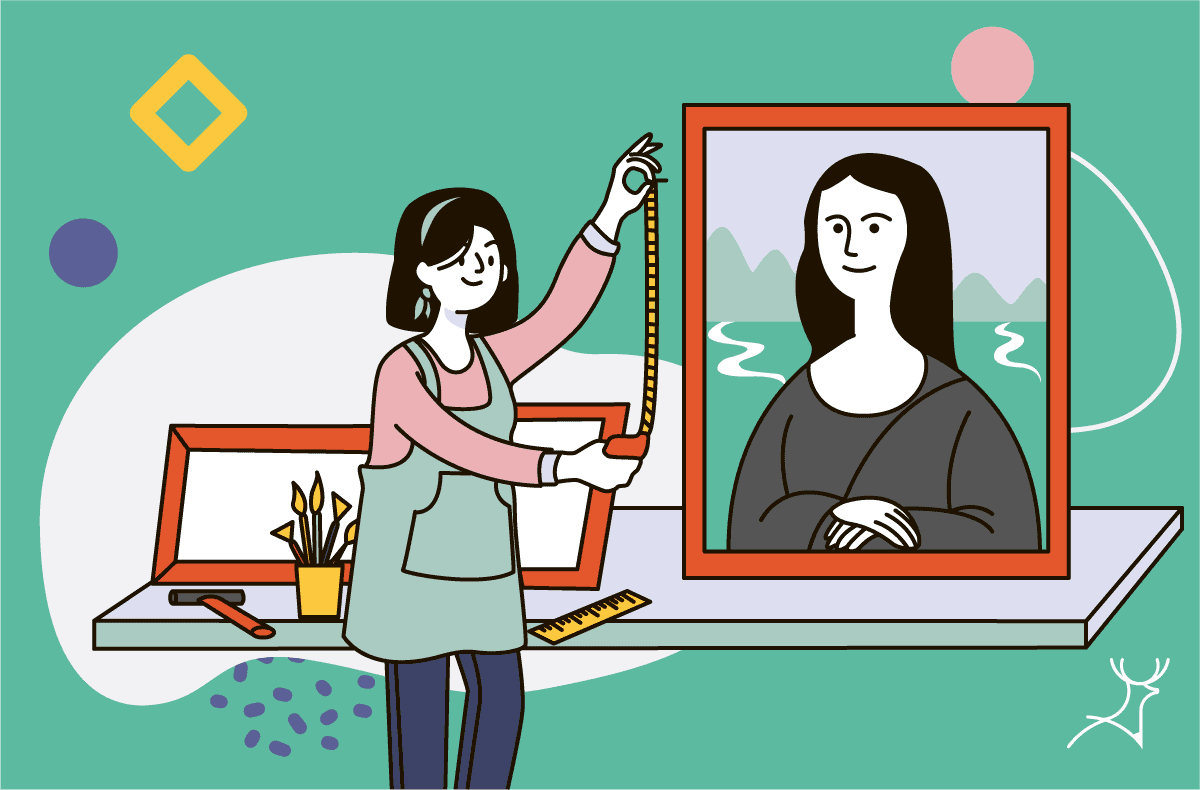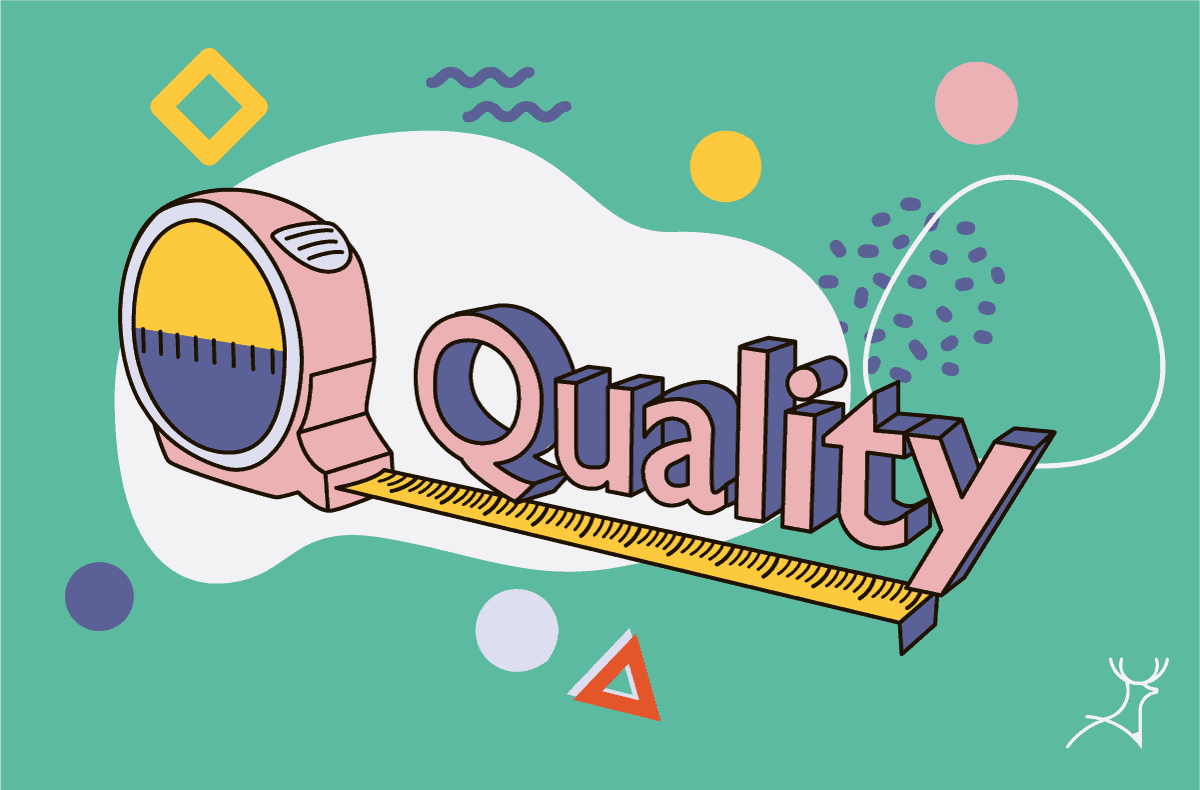3 Ways to measure design quality

My two brothers were into sneakers. They both liked the same brand and style, but their buying habits were very different.
My older brother always bought the expensive, authentic pairs, whereas my younger brother preferred the cheaper knock-offs.
To be honest, I couldn’t tell the difference between a genuine Jordans and a Class A replica. “Why not buy the cheap ones to save money?” I asked my older brother.
He claims that the originals are more comfortable and last longer.
“And if anyone asks if they’re real, I can confidently say yes,” he added. He knew true sneakerheads could tell the difference.
He admitted that it was tempting to buy fakes, but he didn’t want to be embarrassed in front of his friends, who also liked collecting sneakers.
I realized that quality is more than just the price you pay; it is also about the freedom you gain as a result of your purchase. It can be freedom from insecurity, shame, or time-consuming tasks.
Judging design quality
Non-designers believe that “quality” designs are those that win awards or are very expensive. Commercial design, even without trophies and a hefty price tag, can be of high quality if its aesthetic meets the needs of the user.
A design can be objectively qualified by the end-user or target market. If the design prompted them to contact the seller, attend a webinar, or purchase a product, it met their criteria.
Clients request designs they believe will appeal to their target market. This is the source of the misalignment. Occasionally, the client assumes too quickly and fails to test and try market options to determine what is “quality” for them.
However, for a design to be considered high-quality, it must look better than the basic, have a clear message, and be liked and shared by the target market.
What do you measure, to measure quality?
There are numerous ways to assess design quality.
You could measure the number of people that like the design. Another good way to test the quality is to run it through various screen resolutions.
If you are gauging your effectiveness by the number of people who visit your site, you can also test the number of page views per visitor.
However, understanding what you want to achieve is the most important factor in measuring design quality.
For example, if you’re submitting a proposal to a client that has a design background, you know that every design flaw reduces your chances of winning the pitch.
If you’re lucky, you won’t have to guess; some clients express their negative comments explicitly.
When the client prefers the colour blue, would you make the design green on purpose without a valid reason? A wise designer will find a way to accommodate their requests without compromising the quality.
The designer may even dislike the colour palette, but if the colour revision matches the client’s and market’s preferences, that is quality design.

How to measure design style consistency accurately?
One of the most important aspects of design quality is having consistency in the design style. It is a key factor of digital products and services that is measured by how concise, unified, and clear the product’s design is.
Managers and business owners can check if the design submitted to them is of high quality even if they lack design knowledge. All they need is to use the Branding Guide as a reference.
The designs must be able to adhere to the guidelines at each touchpoint of the advertising campaign.
How can design performance be measured?
There is no universal way to assess design quality.
There are so many levels to it. For instance, you can design a website that is completely user-friendly and easy to navigate but looks terrible. Alternatively, you can design a website that is both beautiful and complex.
The point is that design is subjective. And user experience is measured not only by the number of visitors to your website but also by the number of people who stay and take action, meeting your marketing objectives.
The definition of design quality is not as straightforward as it may seem. Every website is unique, and every business has different goals and objectives that can impact design quality.
How we do it in Deer Designer
Even if our clients are not designers, they can be confident that their designs will be “high-quality” due to our designers’ expertise.
Many of our satisfied clients applaud our commitment to quality design.
With the support of our Quality Analysts, we are always able to maintain this consistency (QA). QAs are senior designers with extensive design experience who review each design before sending it to you.
They act as an extra set of eyes for your design requests within each team. Their process includes a comprehensive checklist to ensure that all of your revisions and instructions are followed correctly.
You don’t have to worry about receiving “quality” designs when you work with Deer Designer because this is one of the things we do well and are really proud of.


